Exploring Tuscany’s Hidden Nature Reserve Popular with Weekend Getaway Seekers
At Terre di Sacra, nature reigns supreme. Visitors often wake to the cheerful chirping of local wildlife, from curious hares to singing blackbirds. These animals boldly venture close to accommodations, leaving evident signs of their presence, which makes it clear that guests are merely visitors in their territory. During a quick trip to the nearby beach, I had to hide my glass of water, anticipating that it would attract curious critters.
Unlike typical vacation spots, Terre di Sacra is set within a wildlife sanctuary in Maremma, located along southern Tuscany’s coast. Here, the native wildlife—foxes, boars, and even snails gracefully slithering across terraces—coexist with humans. The area features dense shrubbery filled with herbs and flowers, natural shade from trees, and burrows nestled in towering dunes. While wildlife thrives in this vibrant ecosystem, visitors enjoy unique accommodations including safari tents and rustic cabins, all while listening to the soothing sound of ocean waves.
For anyone familiar with Italian beaches, this experience feels refreshingly different. Italy boasts a coastline of over 4,500 miles, yet much of it is dominated by commercial beach clubs. In stark contrast, Maremma presents an untouched seaside paradise. It features natural parks with friendly wildlife roaming freely, scenic forests leading to expansive beaches, and quaint villages that cling to rocky cliffs, each house vying for spectacular views. Terre di Sacra spans 2,500 acres and includes organic farmland, a stunning beach, a bird-rich lake, and eco-friendly accommodations that support wildlife preservation efforts.
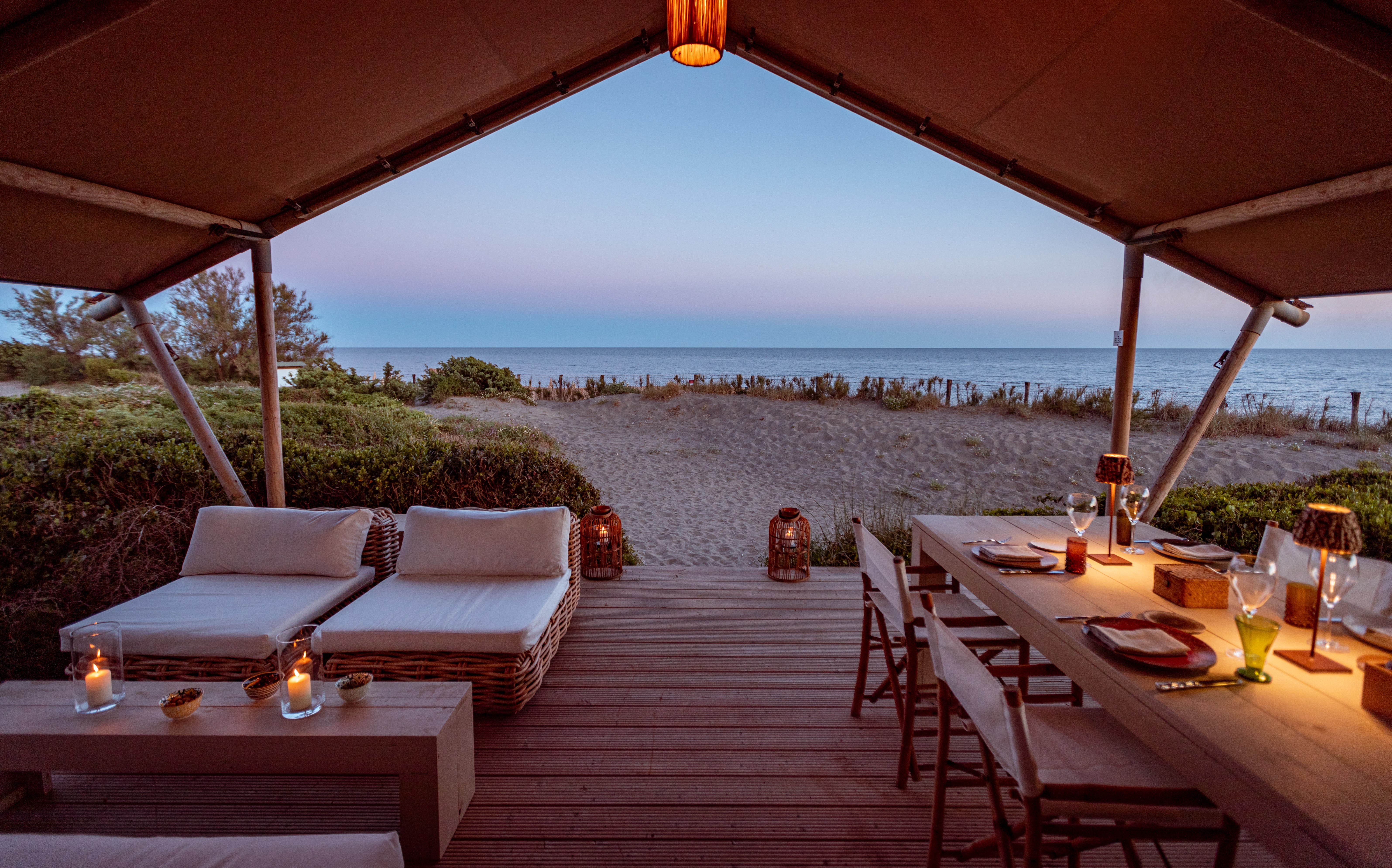
The site’s cabins were introduced recently but have a century-long history behind them. In 1922, Lombard aristocrat Uberto Resta Pallavicino had a revelation while stranded on a train in Maremma. Inspired by the barren marshlands he saw, he and a group of like-minded friends acquired 22,000 acres around Capalbio, thereby transforming the area with careful land management.
The estate, named SACRA—which stands for their agricultural endeavor and signifies “sacred” in Italian—has evolved over time. Presently, it still represents Resta Pallavicino’s vision. Upon entering Tuscany, visitors encounter rolling dunes, fragrant pine forests, and vibrant fields interspersed with wildflowers, blending seamlessly with the region’s natural charm.
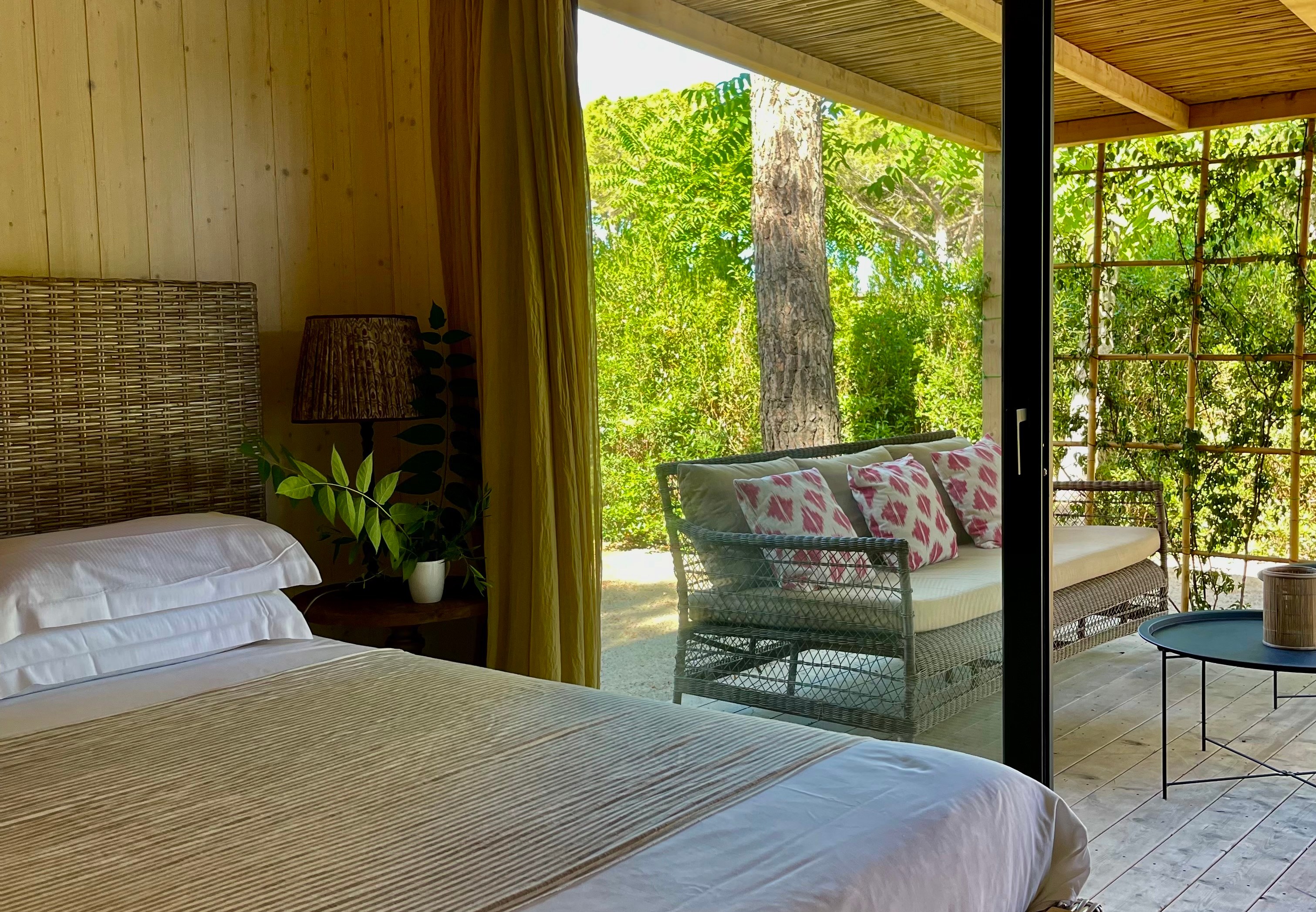
Ownership of the estate has changed due to the government land reforms in 1952, which reduced it significantly. Today, only two of the original founding families retain ownership, continuing to prioritize conservation over development. In 1967, the Resta Pallavicinos and the Puri Negris established Italy’s first WWF oasis, preserving a unique ecosystem around Lake Burano that supports a rich variety of flora and fauna. They have since quietly offered charming rentals, allowing select guests to experience this beautiful haven.
As for the newcomers, the southern part of the reserve, which started as a basic campsite, has transformed into a modern glamping destination. Recent upgrades have introduced 24 environmentally-friendly wooden lodges designed by esteemed architects, nestled in private plots throughout the pine grove. Each cabin features contemporary amenities while maintaining a connection to nature, with expansive patios merging into the landscape.
The glamping accommodations offer plush beds, reliable wifi, and well-appointed kitchens, while other safari tents provide spacious living areas and terraces, all harmoniously situated among the dunes facing the breathtaking uncommercialized beach.
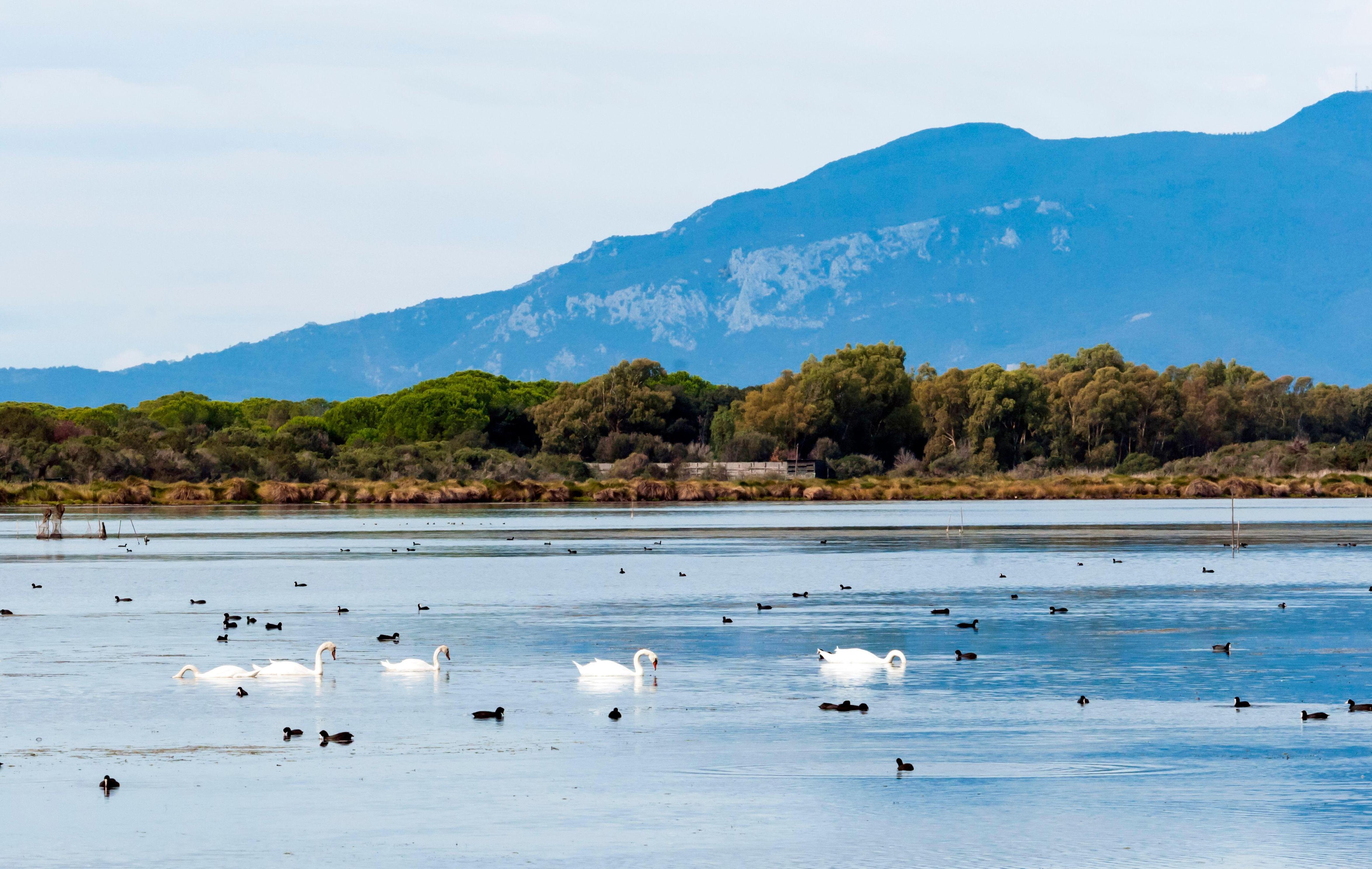
Located 30 miles south of the port of Civitavecchia and northwest of Monte Argentario—an area resembling an island connected to the mainland—Terre di Sacra encapsulates tranquility and charm. Guests can indulge in delicious homemade meals prepared from local produce while savoring the serene atmosphere. Activities include discovering the local wildlife by taking leisurely strolls along nature trails or visiting the nearby WWF headquarters to observe migratory birds amidst the scenic landscape.
Adventurous visitors can explore the surroundings on horseback, cycle along tranquil roads, or visit traditional cowboys known as butteri with their distinctive horses. Of course, culinary delights abound here too! Whether enjoying exquisite sushi or fine dining in close proximity, many options encourage guests to immerse themselves fully in their surroundings.
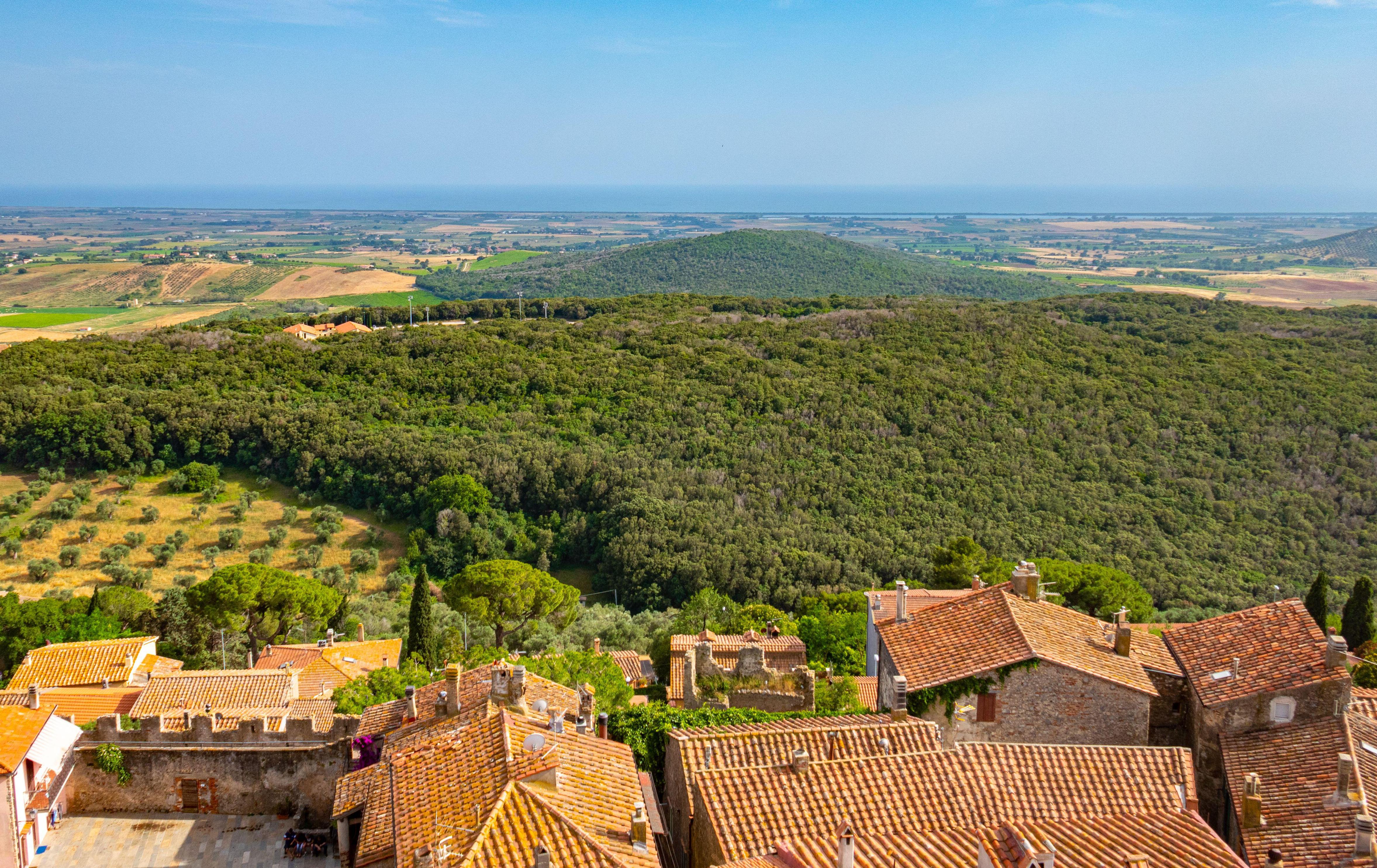
Visitors can venture to the picturesque village of Capalbio, just a short journey away. Known for its charming streets and historical ambiance, the town is home to notable wineries and trendy artisanal shops. Nearby attractions include the whimsical Giardino dei Tarocchi, a sculpture garden by artist Niki de Saint Phalle, and stunning archaeological sites steeped in history.
Ultimately, the true treasure lies within this stunning natural reserve. Enjoying a glowing sunset or a peaceful moment on a cabin patio while observing local wildlife creates a profound connection with the serene environment. It’s a reminder that in places where nature thrives, we are merely guests in a beautiful world.
Additional Wild Maremma Destinations
Vulci
Vulci, an ancient Etruscan settlement, now serves as a nature reserve surrounded by ongoing archaeological digs. Visitors can marvel at historical ruins while exploring lush landscapes filled with local wildlife.
Pitigliano
Known as “Little Jerusalem,” Pitigliano boasts a rich Jewish heritage. Although much of its community vanished during WWII, visitors can explore the historical synagogue and sample local pastries.
Cosa
This ancient site once belonged to the Vulci Etruscans before being claimed by the Romans. The ruins, now intertwined with nature, offer visitors a glimpse into the region’s rich history.
Monte Argentario
A coastal area connected to the mainland, Monte Argentario features luxurious resorts, breathtaking coastal roads, and stunning natural parks, ideal for relaxation and adventure lovers alike.
Tarquinia
Tarquinia is renowned for its Etruscan tombs, showcasing ancient artwork that provides insight into the region’s historical past, making it a fascinating spot for culture enthusiasts.

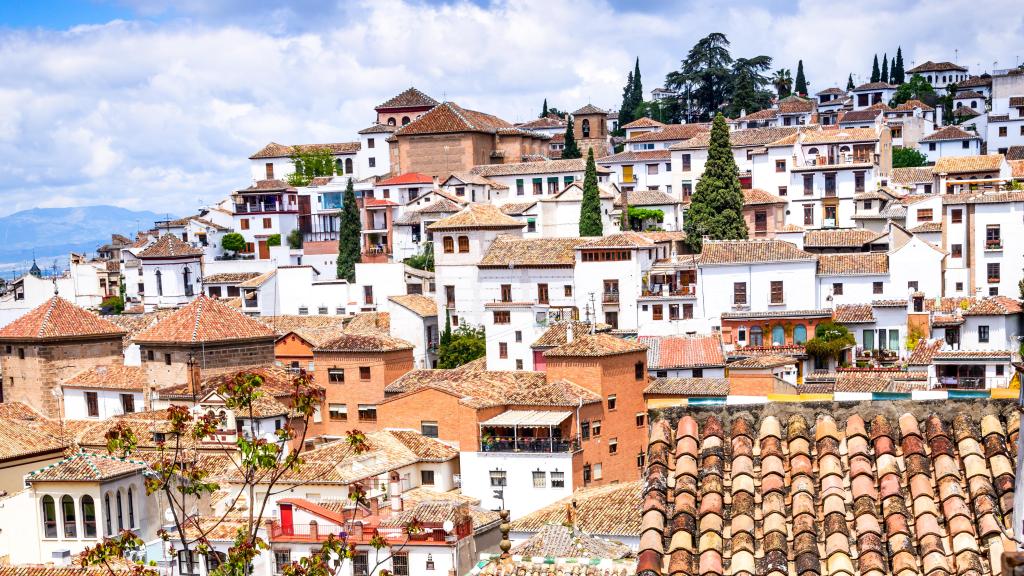


Post Comment